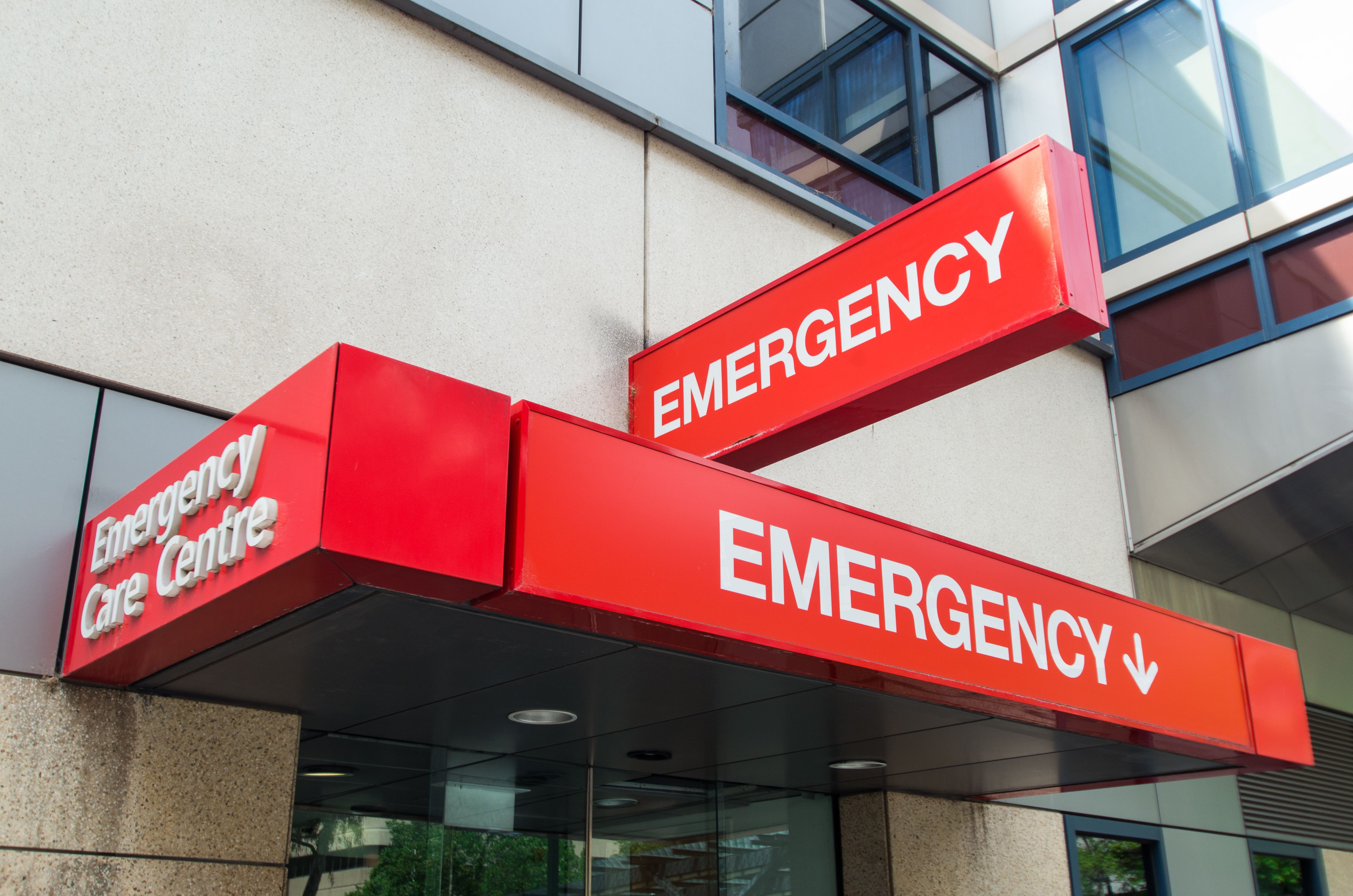Article
Strong Community Relationships Key to Improving Health, Said Speakers at National Public Health Week Forum
Author(s):
National Public Health Week kicked off on Monday with an event that focused on the importance of building strong relationships within communities in order to address health inequities, as well as the declining life expectancy in the United States.
National Public Health Week kicked off on Monday with an event that included a panel discussion and a keynote speech from Surgeon General Jerome Adams, MD, MPH. The theme of this year’s National Public Health Week is “Healthiest Nation 2030: Changing Our Future Together.” Adam was a fan of the theme, explaining that strong relationships within communities was key to Americans’ health.
As surgeon general, Adams believes that every American should be able to live a long and healthy life, but the reality, he said, was that the country was falling short of that goal. He highlighted the declining life expectancy in the country, which means that for the first time in the last half century, parents can no longer be able to tell their children that they will live longer than their parents.
Adams feels like he has the biggest impact when he helps to facilitate local discussions around healthcare. While there is a lot the federal government can and should do to improve healthcare, Washington, DC, he said, will not be able to ride in and save the day.
“Just as they say all politics is local, all health is local,” Adam said. “We can meaningfully and sustainably change health when local partners come together…”
Adams explained that his first exposure to public health came years before he went to school for it. He explained how his parents welcomed one of his friends who had been in and out of the foster care system into their home and adopted him. His family provided his new brother with access to nutrition, positive role models, and a safe place to stay. “My family and I were addressing the social determinants of health” without knowing that’s what they were doing that, he explained.
Adams also touched upon the opioid epidemic. For decades, addiction and mental health were issues that public health experts were trying to get people to pay attention to, and the ongoing painkiller epidemic is “a unique opportunity to really push public health through the lens of the opioid epidemic,” he said.
He provided 3 tips on partnering in communities to make positive and sustainable changes to health:
- Invite people to your table and go to theirs. It’s important to meet people in the community where they are and that means working with people that might not be obvious for health, such as the local sheriff or a priest.
- Show them you care. As a physician, Adams thinks of this like motivational interviewing—finding out what a patient cares about and seeking alignment with their care to ensure they follow a care plan.
- Identify your target audience and adjust your message accordingly. Adams admitted that in public health, providers and experts come in and expect everyone will understand the language they use. Public health experts need to get better at effective health communication, he said.
“If you commit to forging better partnerships and being a better partner, good health is sure to follow,” Adams said.
The panel that followed discussed some of the topics from Adams’ speech, including the declining life expectancy in the United States and building local partnerships.
According to Wendy Ellis, DrPH(c), MPH, project director, Building Community Resilience, Sumner M. Redstone Global Center for Prevention and Wellness, Milken Institute School of Public Health, the declining life expectancy is not a surprise, because of the growing disparities and inequities in income.
Her work focuses on addressing adverse childhood experiences in the context of adverse community environments, as well as systemic inequities.
“Our systems are designed perfectly for the outcomes that we see,” Ellis said. Instead of trying to change individual behaviors, she advocated for reengineering the system. “You wouldn’t expect an iPhone assembly line to turn out an Android.
Jen Luettel Schweer, MA, LPC, director, Sexual Assault Response and Prevention Services, Georgetown University, doesn’t actually have a background in public health, but it is a natural connection with the work she does because of how violence impacts community health and outcomes, she said.
“The model of public health is what makes a lot of sense for us to think about doing our prevention work,” she explained. “Not just have responses but also preventing the violence before it occurs and educate and set the tone and spread the message.”
While racial and ethnic disparities are reducing, African Americans still have a lower life expectancy and higher rates of chronic conditions. Sinsi Hernandez-Cancio, JD, director of Health Equity, Families USA, pointed out that addressing care needs to even out these disparities is reliant on insurance coverage.
Health insurance, she explained, is the “entry way” to getting necessary care, including care for mental health and substance abuse, as well as preventive services.
“We also understand that’s barely the tip of the iceberg,” Hernandez-Cancio said. “Health doesn’t happen in the doctor’s office…health happens in communities.”
Alyse Sabina, MPH, national program director, Aetna Foundation, agreed with Hernandez-Cancio’s point on the importance of addressing underlying social determinants of health and what happens outside of the doctor’s office.
She highlighted Aetna Foundation’s Healthiest Cities and Counties Challenge, which is a partnership with the American Public Health Association and the National Association of Counties. The challenge encourages local organizations and partnerships to “look outside of the traditional healthcare space” and awards prize money based on improvement in 1 of 5 areas: healthy behaviors, built environment, community safety, social/economic factors, and environmental exposure.
“Turning the tide on the life expectancy issue, it’s going to take leadership [that is]…committed to health equity and social determinants at the local level that contribute to these inequities,” Sabina said.

Navigating Sport-Related Neurospine Injuries, Surgery, and Managed Care



